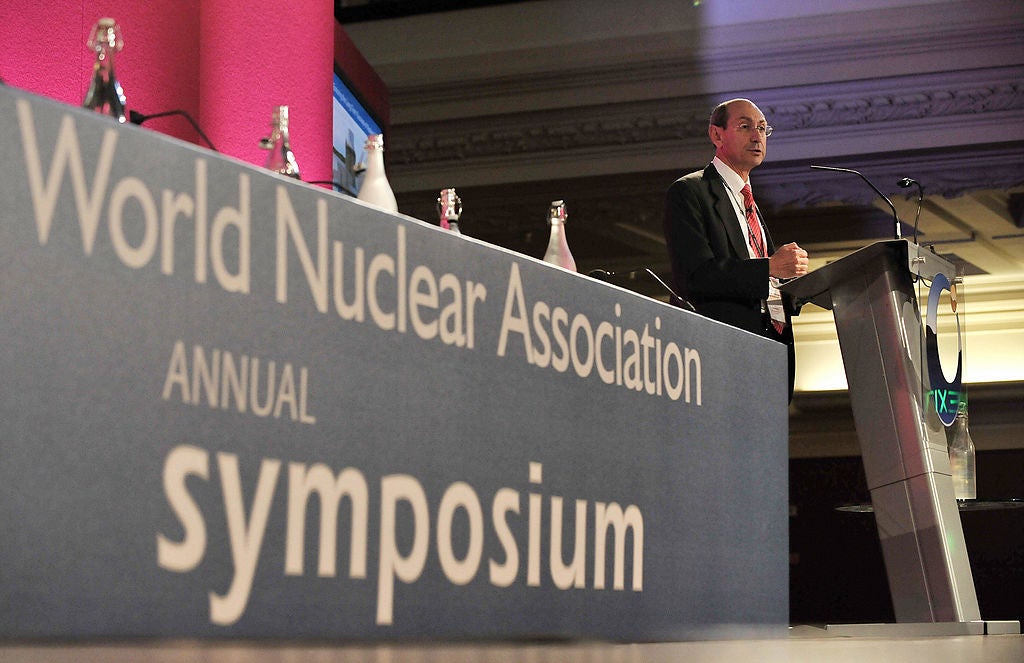Last year, Italy, the only G8 nation without operational nuclear power, initiated steps to potentially reverse its nearly four-decade-old ban on nuclear energy. The country had previously operated four nuclear reactors until their shutdown in 1987 following the catastrophic Chernobyl disaster, which sparked widespread public opposition to nuclear energy. Since then, the government has intermittently advocated for the revival of nuclear power, albeit with limited success. A notable attempt occurred in 2008 when the government aimed for nuclear energy to account for 25% of the electricity supply. However, this plan was derailed by a referendum in 2011 in the wake of the Fukushima disaster. Recently, in May 2022, the lower house of parliament passed a motion to reconsider nuclear power as an alternative energy source, signaling a potential policy shift.
With a growing focus on energy transition and carbon neutrality, Italy’s renewed interest in nuclear energy comes amid broader efforts to decarbonize its energy sources. The Italian government has committed to halting new concessions for oil exploration and intends to phase out coal-fired electricity by the end of 2025. While environmentalists have generally praised these measures, critics have raised concerns about energy security and the feasibility of transitioning away from fossil fuels. Henry Preston from the World Nuclear Association posits that nuclear power is essential for Italy, particularly given the nation’s lack of access to abundant natural resources like geothermal or hydropower. He underscores that many countries managing to reduce fossil fuel reliance without nuclear energy have not succeeded, positioning Italy’s plan to revive nuclear energy in line with actions by other nations like Belgium and France.
Despite the long-standing ban, Italy has sustained its expertise in the nuclear sector, historically associated with pioneers like Enrico Fermi. Even after decommissioning its reactors, Italy has continued training professionals and fostering technical capabilities that support other European nations in their nuclear energy endeavors. Italian energy firms have also pursued nuclear projects abroad. For instance, state utility Enel manages nuclear facilities in Spain, while Eni engages in U.S. nuclear fusion projects. Additionally, Edison, the Italian arm of French nuclear giant EDF, is exploring the development of small modular reactors (SMRs), which Italian Energy Minister Gilberto Pichetto Fratin has indicated could be integrated into Italy’s energy framework by 2035.
SMRs present appealing prospects for Italy due to their compact size and quicker construction timelines compared to larger nuclear plants or renewable energy sources like wind and solar. As the government pushes forward with initiatives to lift the nuclear ban, it is also looking to establish a state-backed nuclear power company. Preliminary discussions have reportedly commenced with entities like Ansaldo, Enel, and Newcleo to shape this new firm. The overarching vision set forth in Prime Minister Giorgia Meloni’s Energy and Climate Plan anticipates that nuclear energy could fulfill 11% of Italy’s domestic energy needs by 2050 if all proposed plans materialize.
The reversal of Italy’s nuclear ban represents a critical pivot not just for the country’s energy strategy but also for its climate goals. Integrating nuclear energy is viewed as a pathway to achieving a cleaner and more secure energy landscape capable of supporting various domestic and industrial applications. Upholding expert opinions, the World Nuclear Association highlights the importance of nuclear power in establishing a reliable electricity supply that is essential for reducing carbon emissions. The cumulative effects of both domestic developments and international nuclear collaborations can bolster Italy’s energy independence and contribute to broader global efforts aimed at combatting climate change.
In conclusion, Italy’s tentative steps toward reviving its nuclear energy sector underscore a significant shift in energy policy after decades of abstention. As the government contemplates legislation and discusses the formation of a new nuclear entity, the potential reintroduction of nuclear power could align Italy’s energy portfolio with modern sustainability goals. By modeling its nuclear approach on strategies employed by similar advanced economies, Italy may be able to effectively transition from fossil fuels to a low-carbon energy system. Whether these plans come to fruition will depend on both political support and public sentiment, as Italy navigates the complex dynamics of energy security, environmental stewardship, and economic growth.

